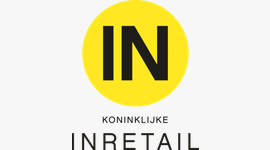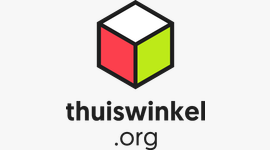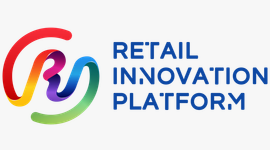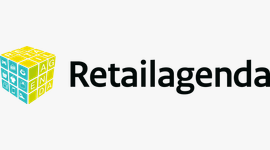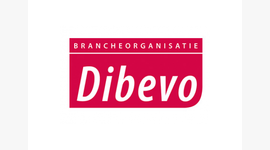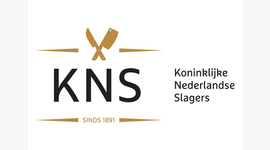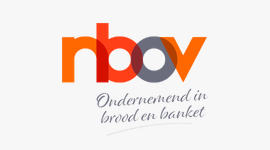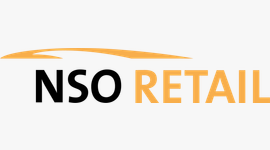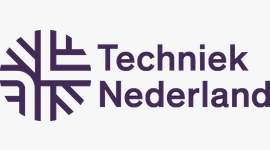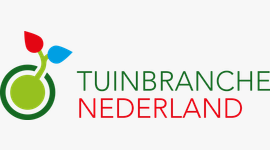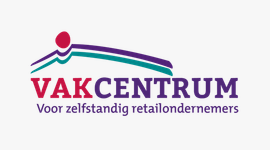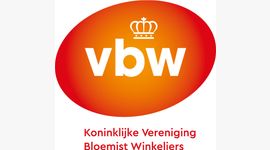The Future Of Retail: How IoT Will Power Smart Stores
Nieuwsbericht
Bron: Digitalist Magazine
The Internet of Things (IoT) is one of today’s hottest technologies. It’s completely transforming our private and professional lives, from basic daily household chores to our security and wealth, with interconnected digital devices. It’s expected that the market will grow from 15 billion devices in 2015 to over 75 billion in 2025, according to IHS. Consequently, we are all moving towards technology solutions that can improve the quality of our lives.
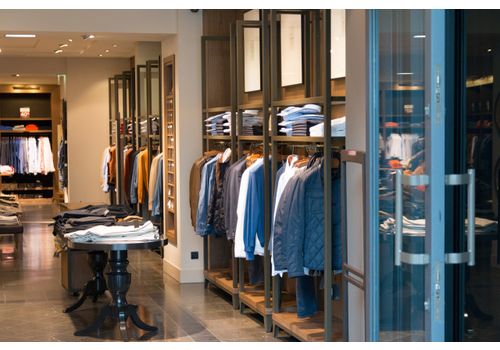
IoT solutions in retail
One reason why retailers prefer IoT over more traditional solutions is that it significantly improves security. We’re in the middle of the digital transformation. Everything is becoming digitized, from how we pay, search for products, and shop, to the ways we provide feedback, build relationships with brands, or find new sources for our purchases.
Today’s consumers are more informed, and they want their purchases to be entire experiences. The IoT is enabling retail stores to evolve into smart stores, which obtain data about customers’ tastes, needs, and habits in real time. This enables retailers to predict customers’ behavior and provide them with the products or services they want and need.
Smart stores: Enhancing the customer journey
With all of this data, stores can offer a level of personalization we’ve never seen before. Knowing the profile of the person in your store – understanding their needs and preferences – is the key to successful retail. Imagine you’re a customer looking for watches, specifically a Rolex Sea Dweller, and the salesperson knows what you are looking for based on the information they have about you. Having a salesperson who knows your taste will speed the purchase process and make it more enjoyable.
Smart stores are using this concept to understand what their customers need by interacting with them to build meaningful relationships and optimize their experiences. A store is no longer just a physical place to purchase what you need; a smart store revolves around social interaction.
Smart stores can also leverage micro-location, which uses in-store sensors to identify long-time customers, access their shopping trends through the cloud, and send them a coupon for a relevant product while they are still in the store. This a very powerful way to engage your customers and enhance their shopping experiences. These marketing strategies can also improve your target audience’s perception of your brand as one that focuses on what is important to them.
Other technologies that smart stores can use include heat mapping, shelf sensors, and predictive maintenance equipment. Heat mapping uses basic visual sensors to track customers’ habits, such as popular store areas, products, and times for shopping. Shelf sensors track inventory levels on the shelves and alert store teams when they need to restock to ensure a favorable customer experience. Predictive maintenance works on the same principle to fix equipment before problems occur to optimize the maintenance team’s work and save money.
Conclusion
The Internet of Things is the right solution to handle this tremendous shift in customer behavior. Today’s customers don’t want to passively spend their money. They want information, personalization, socialization, and more; they want experiences. Concepts like smart stores make it easier for retailers to provide what today’s customers want.
